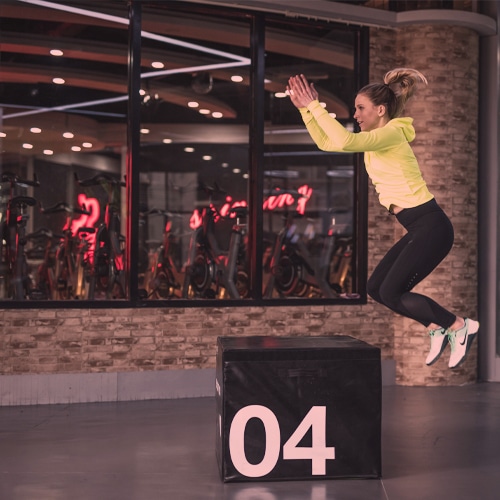Training Techniques
PNF Stretching
What is it?
PNF stretching, or proprioceptive neuromuscular facilitation, is a great way to maximize flexibility. This is done by lightly engaging the muscle we are stretching for approximately 6 seconds which is then followed by a relaxation and stretching of that same muscle.
What are the benefits?
By engaging the muscle first it sets off our body’s natural stretch reflex which inhibits or relaxes the muscle allowing us to get a much deeper stretch and therefore increase our range of motion.
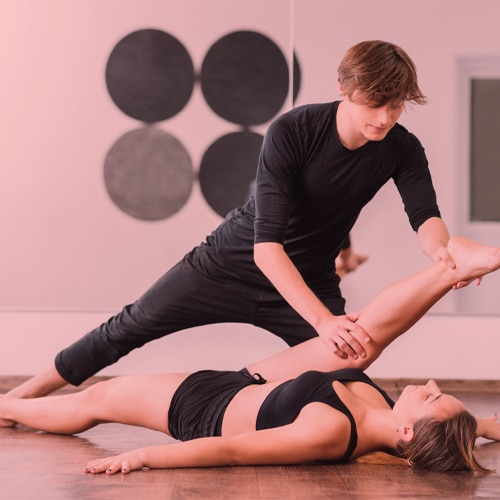
Active Assisted Stretching/Strengthening

What is it?
Sometimes our range of motion is limited by the amount of strength we have in greater ranges rather than our flexibility. For example, when doing a developpe your leg probably doesn’t go as high as when you do a leg grab because you are limited by your strength. In this case we would work on strengthening in greater ranges of motion. An example of how to do this would be you lifting your leg as high as you can then either someone else pushes it higher or you use a stretching strap to pull it higher. You would then try to hold your leg at the new height using your own muscles and overtime you would become stronger in this new range of motion allowing you to developpe your leg higher.
What are the benefits?
You can improve your active range of motion meaning you will be able to lift your legs higher with ease.
Fascial Stretching & Nerve Flossing
What is it?
Typically when we stretch we are focusing on lengthening muscles but sometimes our flexibility is limited by other factors such as our fascia or nerves. Fascia is the web of connective tissue that runs through our entire body. We can put are bodies in certain positions that will stretch specific fascial lines. We can also use foam rollers to work on our fascia. Our flexibility may be limited by nerves in our body as well. Normally, our nerves should be able to glide freely but sometimes they get “stuck” which can limit range of motion. To combat this we can do what is called nerve flossing. This is where we repetitively and slowly move into a position that puts a nerve into a stretched position and then back to a neutral position.
What are the benefits?
Fascial stretching and nerve flossing can increase range of motion and flexibility.
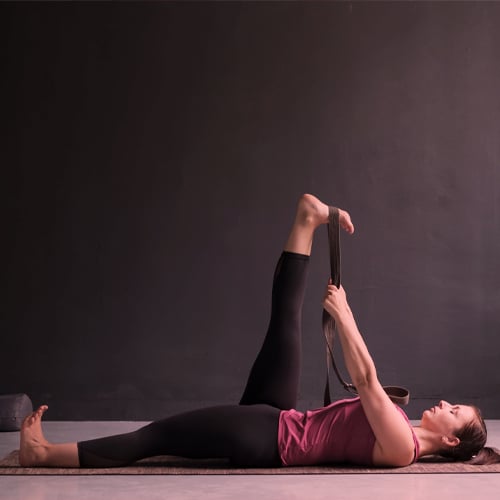
Functional Exercises

What is it?
Exercises that focus on working through specific positions, movement or ranges of motion that a dancer or acrobat may need. For example, strengthening the landing of a jump in a turned out position or strengthening the legs in an extreme range of motion like the splits.
What are the benefits?
These exercises are advantageous because they directly mimic movements or positions that are utilized in the execution of skills. This means you can drastically improve your skills by incorporating functional exercises. They are also great at preventing injury or getting you back to dancing after an injury.
Neuromuscular control/Proprioception Exercises
What is it?
Neuromuscular control refers to the connection between our brain and muscles and the ability to react to outside forces then produce movements. Proprioception refers to our conscious and subconscious awareness of where a joint is in space. Exercises that improve neuromuscular control and proprioception would include balance & stability exercises such as balancing on a wobble cushion. Our body is forced to try to stay balanced by engaging various muscles. Exercises might also work towards improving technique. For example, making sure your knee tracks properly over your toes during landings or making sure you don’t hyperextend your elbow during acro tricks.
What are the benefits?
By incorporating neuromuscular control and proprioception exercises into your training the connection between your brain and muscles becomes more efficient. You will see an improvement in your balance, stability and technique. You will also significantly decrease the chance of injury.
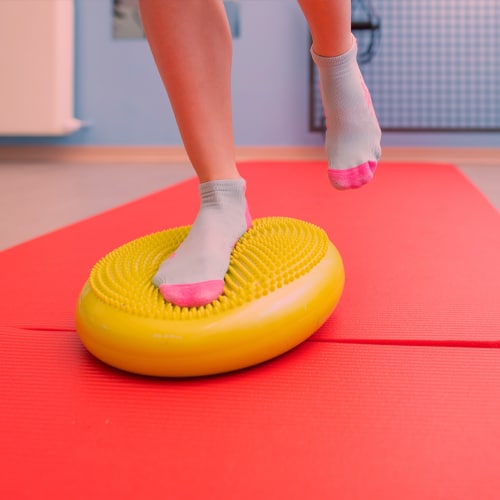
Joint Mobility Exercises

What is it?
Joint mobility refers to how well our joints move. Sometimes our range of motion can be limited by our lack of joint mobility rather than our muscular flexibility. For example, if you have a tough time doing back bends it may be because of a lack of mobility in your thoracic (upper) spine rather than a lack of flexibility in your muscles. To combat this we incorporate exercises that focus on getting your joints moving better. You may not feel a “stretching” feeling and this is because we are working on how your bones interact with each other rather than your muscles.
What are the benefits?
Increasing joint mobility where you may be stiff will result in an increase in range of motion. It is also a key factor in injury prevention. We want to make sure the forces put on your body are evenly distributed rather than collecting on weak points. Typically when you are stiff or hypomobile in one joint all the stress is absorbed by another joint which causes these weak points and ultimately could result in injury.
Targeted strengthening and stretching
What is it?
It is strengthening and stretching that is focused on a very specific muscle or group of muscles. By first assessing a skill we may find specific muscle weaknesses or perhaps a tight muscle which is negatively affecting the execution of that skill. We can then either stretch or strengthen those muscles depending on the problem. For example, we assess your front walkover and you are having difficulty with the recover or standing up after the trick. We see that you are having problems pushing your hips forward and we come to the conclusion the problem is a combination of weak glutes and a tight hip flexor. We would then do targeted strengthening for your glutes and targeted stretching of your hip flexor so you would be able to do the required movement. After fixing the two problems you are then able to execute your front walkover with ease.
What are the benefits?
By first pin pointing exactly what muscles are the problem we can reach your goals faster. Certified Athletic Therapists have a comprehensive understanding of anatomy so you can always trust you are focusing on the correct muscles. The combination of dance, acro and athletic therapy knowledge ensure your are getting the best strengthening and stretching for the movements you need to perform.
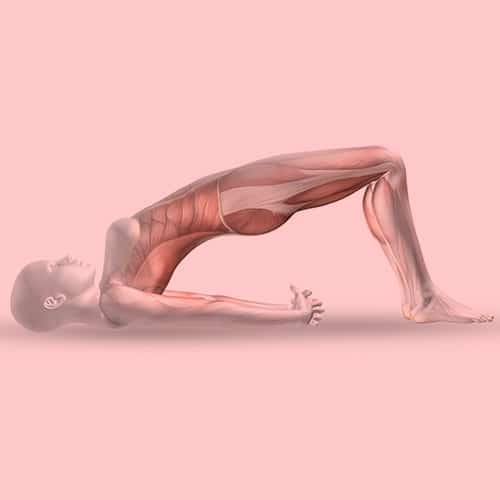
Biomechanical breakdown of skills

What is it?
This is when we break down skills into smaller components, work on perfecting all the components and then piece the skill back together. Lets use a side aerial as an example. The primary pieces to executing this trick would be the kick of the back leg, the front leg pushing into the ground, the chest meeting the thigh on the take off, the arms pulling, the legs whipping fast and the landing. We would make sure all individual components are strong and correct then we would piece everything together to execute the whole skill.
What are the benefits?
Breaking a skill into smaller pieces allows you to really focus on improving any weak points in a skills and will help with the overall execution of that skill.
Plyometric training
What is it?
This is a type of training used to increase powerful and explosive movements such as jumps. Exercises usually involve repetitive jumping and rebounding movements. It is technically any movement where we eccentrically contract (muscle stretches) a muscle then we concentrically contract (muscle shortens) that same muscle. A simple example is doing a plie before a jump. We focus on making the contraction fast which will increase the power we get.
What are the benefits?
We make our muscle contractions faster (more efficient “fast twitch” muscle fibres) which increases the power we get and ultimately will increase the height of your jumps.
